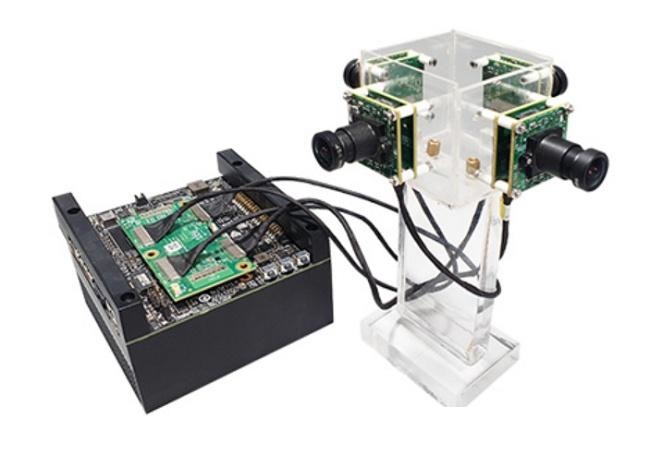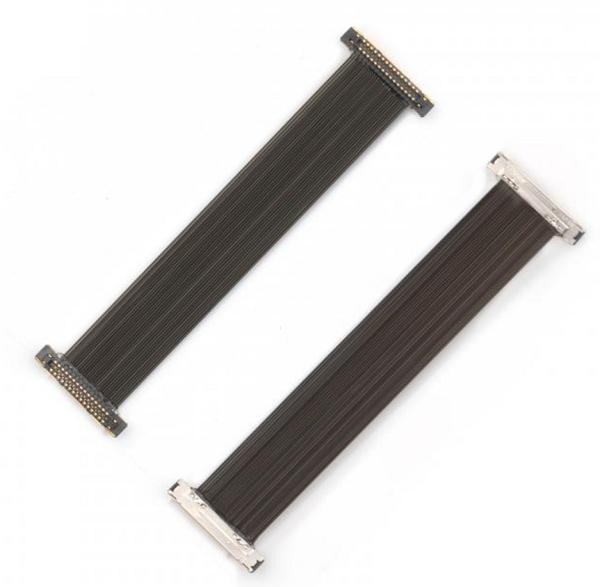Categorization:Harness Component
In the field of electronic products and high-precision equipment, micro coaxial cables (Micro Coaxial Cable) are widely used in high-speed signal transmission scenarios such as camera modules, display modules, millimeter-wave radar, and medical imaging equipment, thanks to their excellent signal integrity, anti-interference performance, and flexible structure. Many engineers have doubts when using them: Does this cable have a directional restriction? Can it be inserted in both directions?
From the structural perspective, ultra-fine coaxial cables are typically composed of a central conductor, insulation layer, shielding layer, and outer sheath, with an outer diameter of only about 0.3mm to 1.0mm. Due to their extremely thin wire diameter, the connectors they are paired with are mostly precision interfaces with a spacing of 0.25mm, 0.4mm, or 0.5mm. At the design stage, these interfaces have already clarified the insertion direction to ensure the continuity of shielding and impedance matching, thus they inherently have unidirectional structure and do not have the condition for arbitrary insertion and removal.
From the perspective of performance requirements, ultra-fine coaxial cable bundles have obvious directional characteristics. First, signal integrity requires strictness; if the coaxial structure is installed in reverse, the shielding ground wire cannot be correctly matched, which may lead to signal reflection or crosstalk. Second, connector design is mostly clip or tenon structure, which physically only allows insertion in one direction. Third, the electrical definition is fixed in the terminal (such as GND, VCC, TX, RX), and if the direction is incorrect, it is easy to cause short circuits or signal confusion.
From the perspective of practical application, extremely thin coaxial cable bundles cannot be inserted reversibly. Any incorrect direction can lead to abnormal signal transmission, even damage to the chip or module. Even some connectors with symmetrical shapes may seem reversible, but the internal PIN foot definition and contact method are completely different. In actual design and operation, engineers should ensure the correct direction according to the terminal identification and positioning structure, avoid excessive force during insertion and removal, and fully consider anti-stupidity mechanisms in mass production design to minimize human assembly errors.
In summary, ultra-fine coaxial cables play an irreplaceable role in high-speed signal transmission, but their precise structure and directional characteristics make them susceptible to severe consequences from improper connections. Engineers must strictly adhere to interface specifications during the selection, design, and installation stages to ensure reliable connections and stable signals.
I amSuzhou HuichengyuanLong-term focus on the design and customization of high-speed cable harnesses and extremely fine coaxial cables, committed to providing stable and reliable high-speed interconnect solutions. If you have relevant needs or would like to learn more, please contact us:Manager Yin 18913280527 (WeChat same number)。